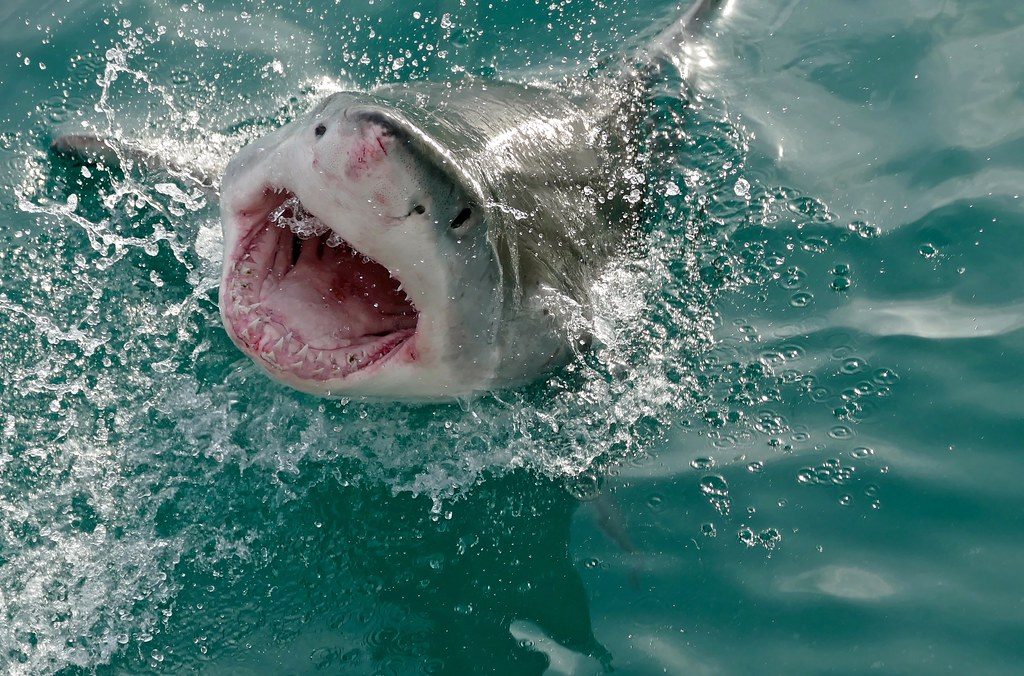
Scientists in Australia are developing a “shark-proof” wetsuit designed to save lives by reducing blood loss and other injuries caused by shark bites. Researchers at Flinders University, Australia, are testing two new lightweight fabrics to see if they can protect against the cuts and lacerations of shark bites. The researchers have published the results of their discoveries in Plos One.
The team investigated two newly developed fabrics called SharkStop and ActionTX. Both fabrics have a base of neoprene, a very resistant synthetic polymer, combined with ultra-high molecular weight polyethylene fibers. The combination created materials that were more resistant to simulated bites than standard neoprene. Charlie Huveneers, an associate professor from the Southern Shark Ecology Group at Flinders, commented, “We found that the new fabrics were more resistant to puncture, laceration, and bites from white sharks than standard neoprene.”
Great white sharks were chosen as the test subjects because they account for more shark bites and fatalities in Australia than any other species. According to the most recent data, great whites accounted for 41 percent of unprovoked shark bites and 34 percent of shark-related fatalities in the country. This could be because the sharks are mistaking surfers for prey.
The research team first tested the materials in their lab along with an ordinary wet suit. The materials were used to cover a gelatin mixture that mimicked the consistency of human flesh and a special foam that mimicked human bone. After the lab tests, the team went to the Neptune Islands Group Marine Park in South Africa to have the materials bitten by actual sharks. Small bits of tuna bait were attached next to sensors designed to measure the shark’s bite force.
The researchers found that both SharkStop and Action TX experienced smaller, shallower puncture marks and lacerations than the neoprene wetsuit and greater force was required to puncture them. The next step is to perform more research to see how protective the material can be against damage to human tissue and other injuries. It could be quite some time before the material can be used in a commercial product sold to the public.
